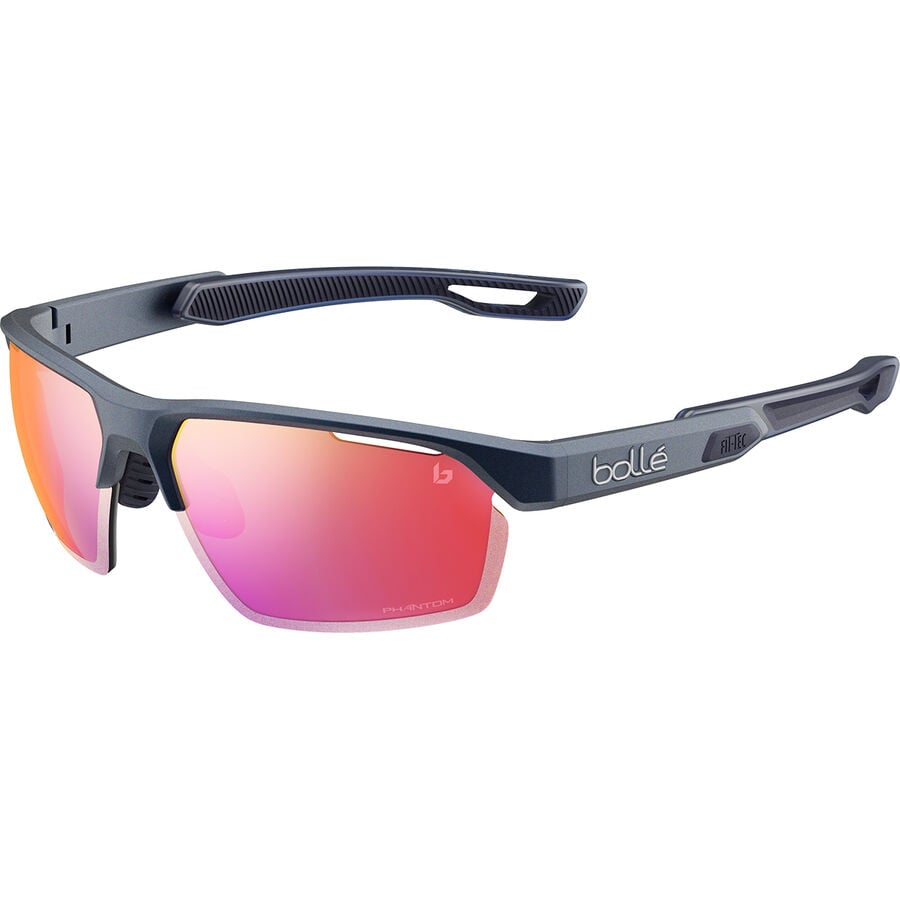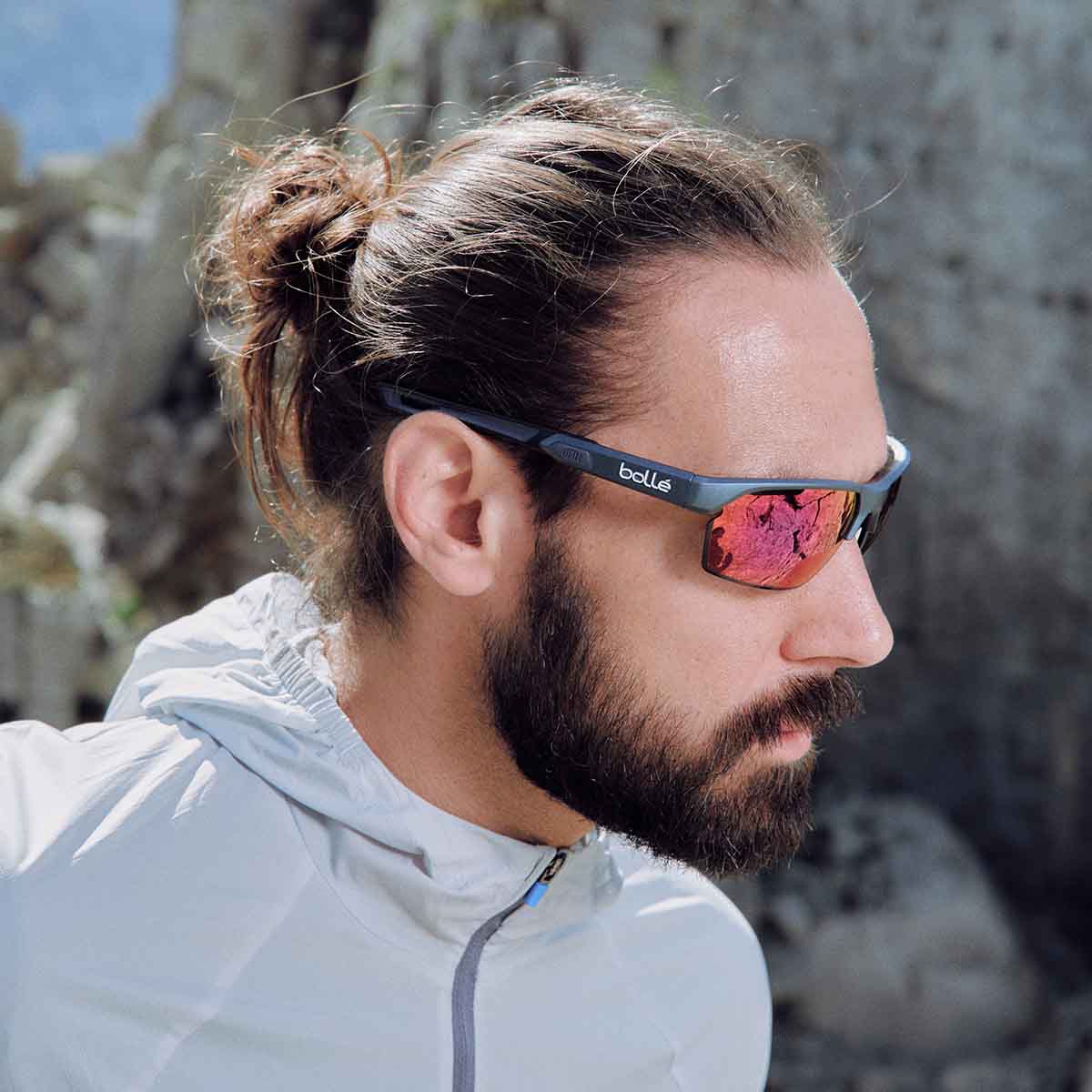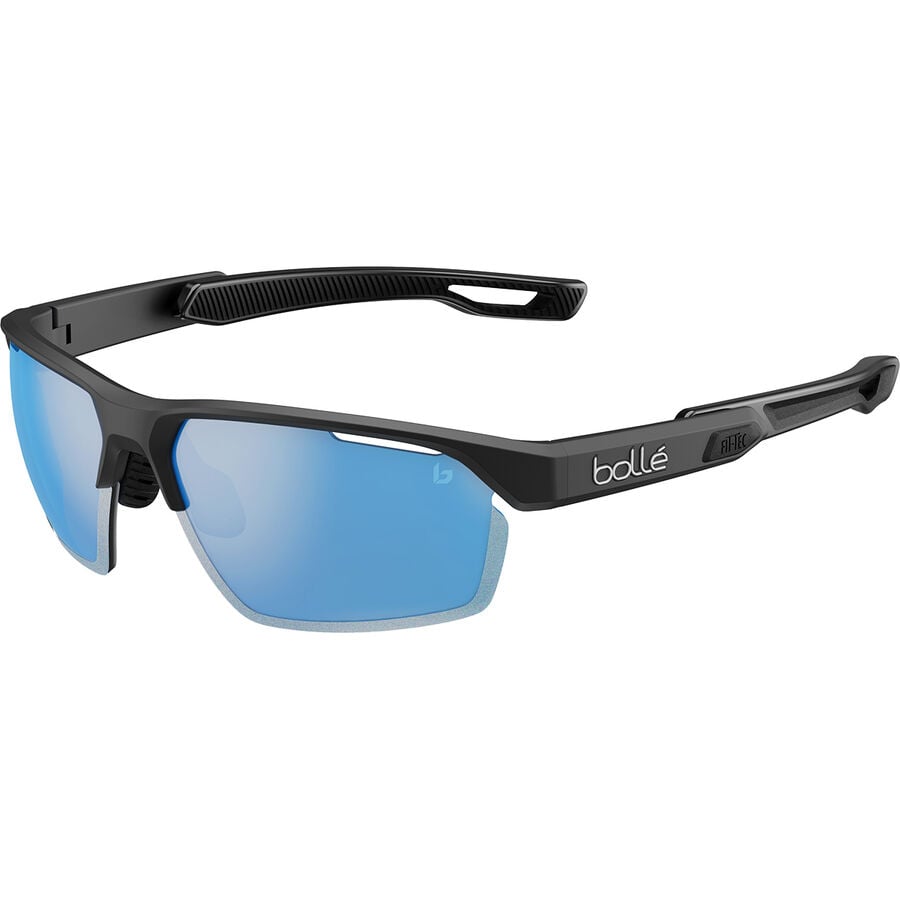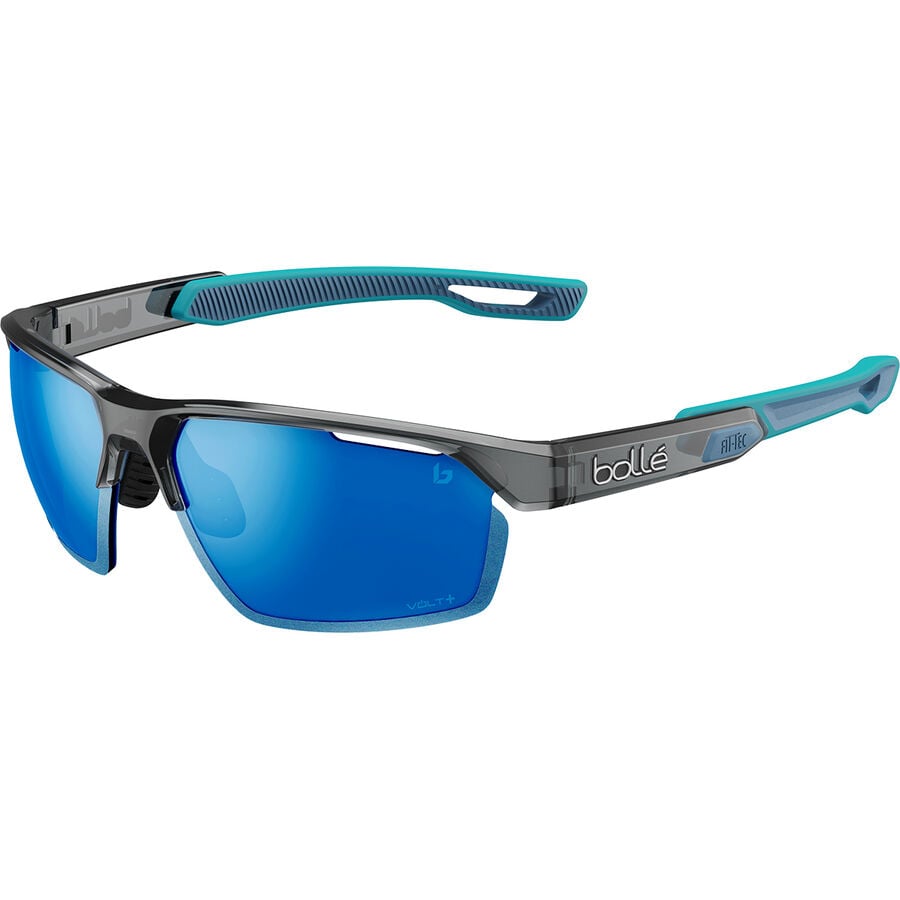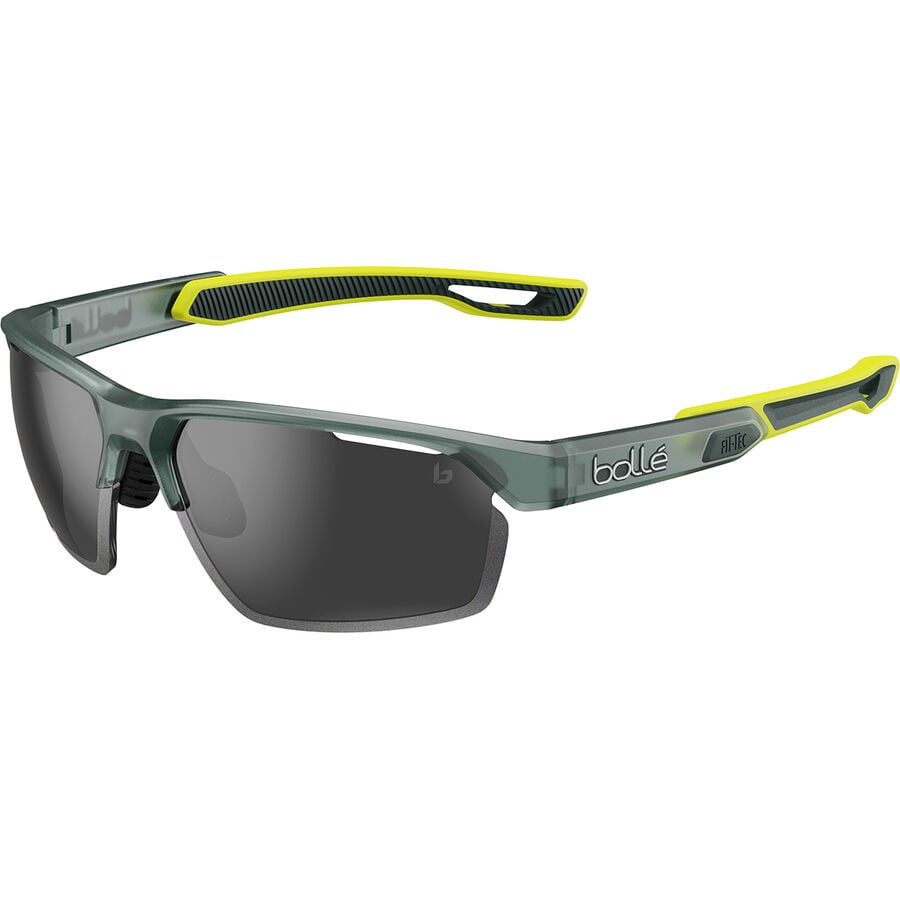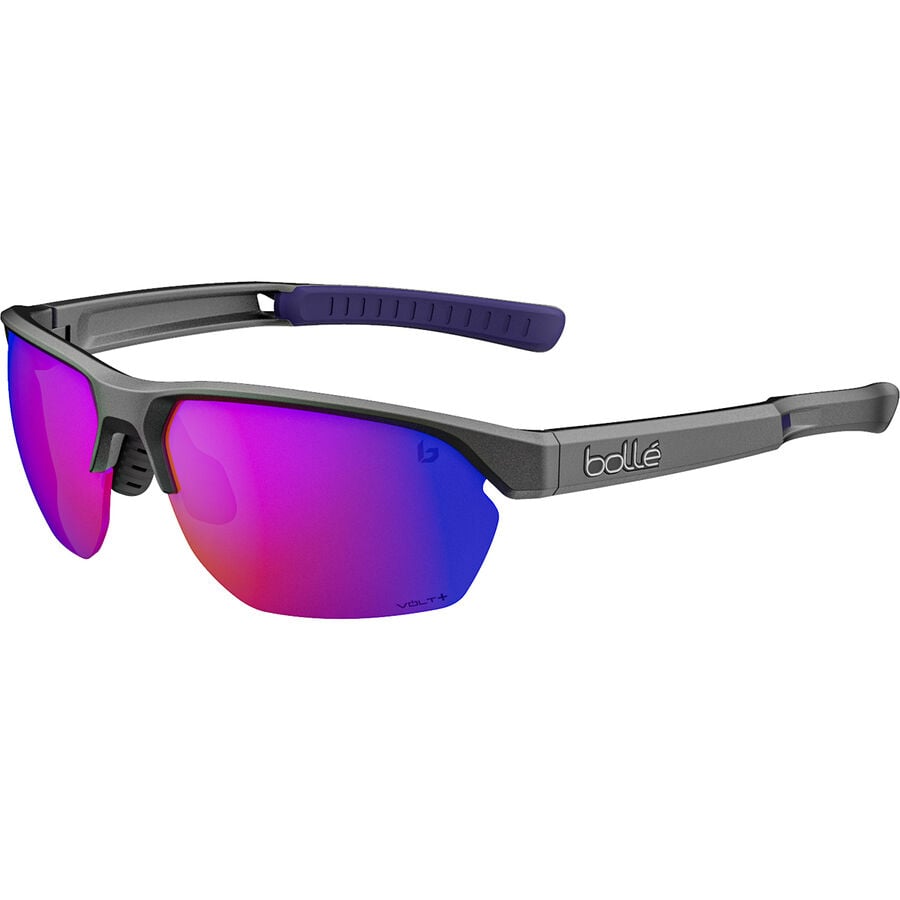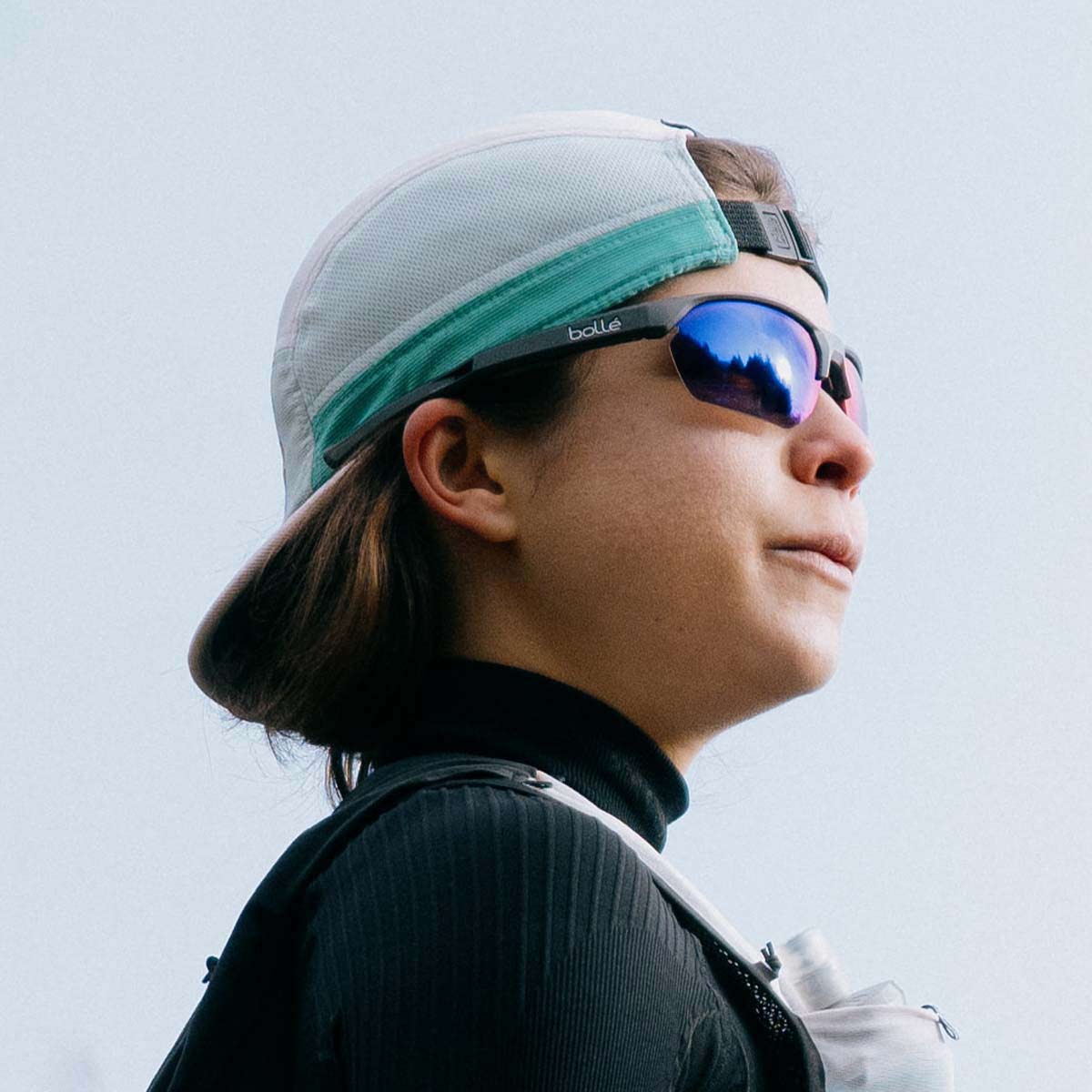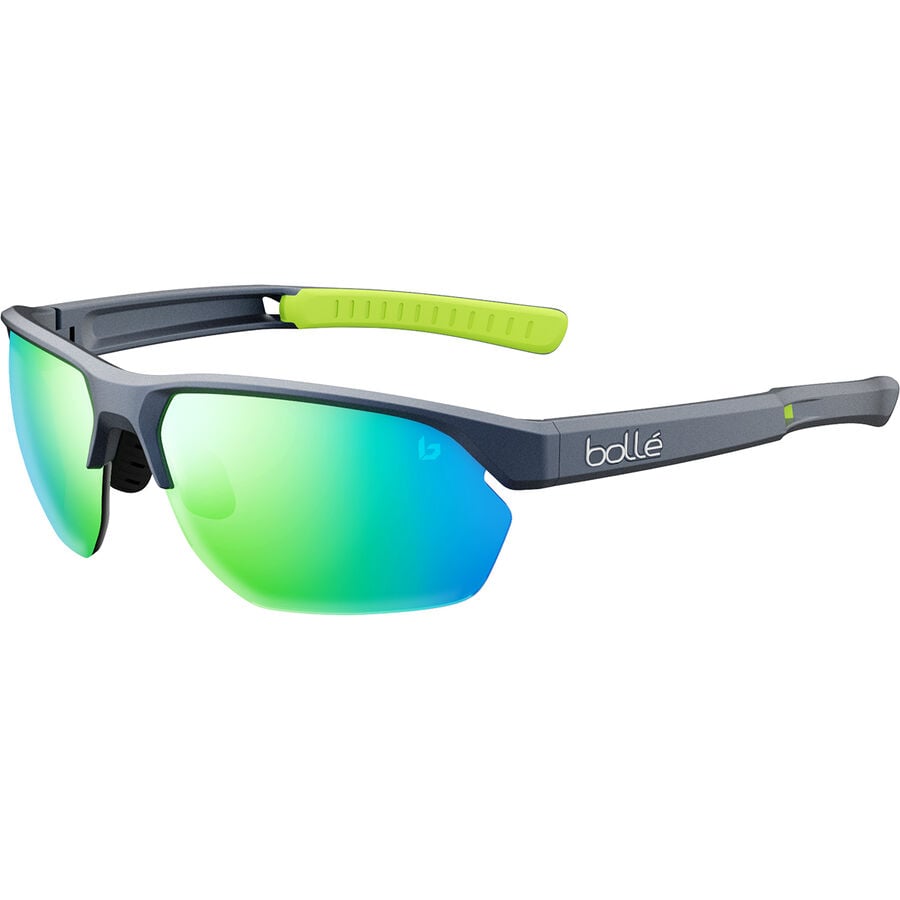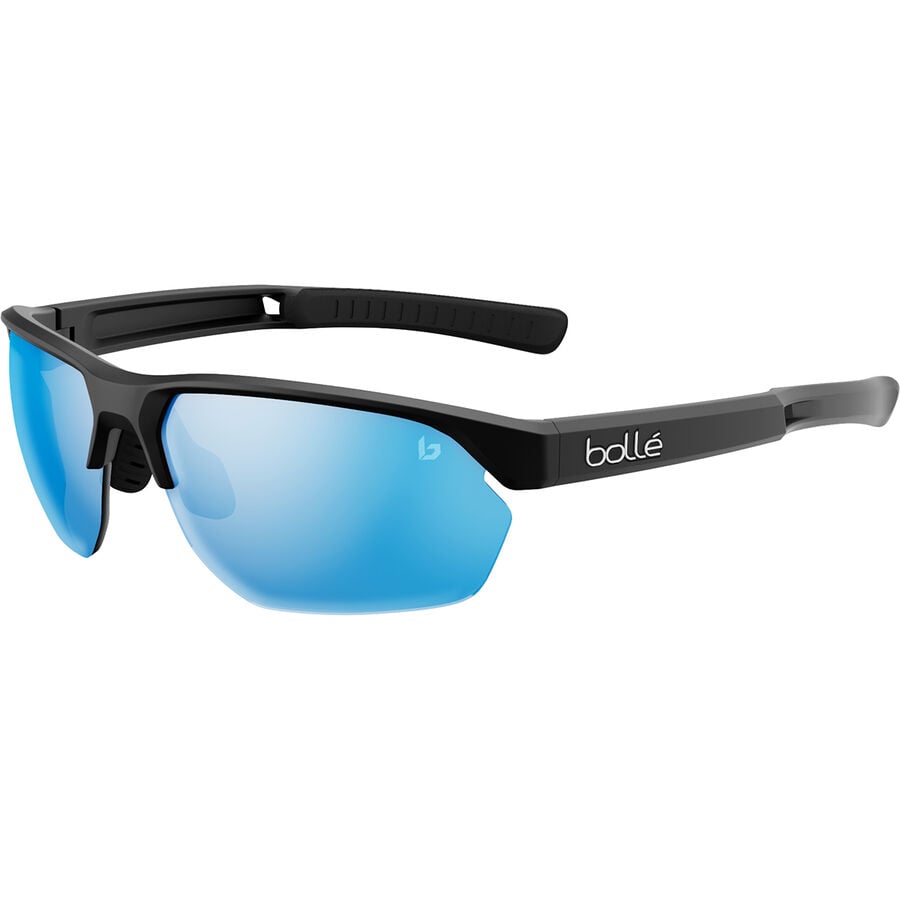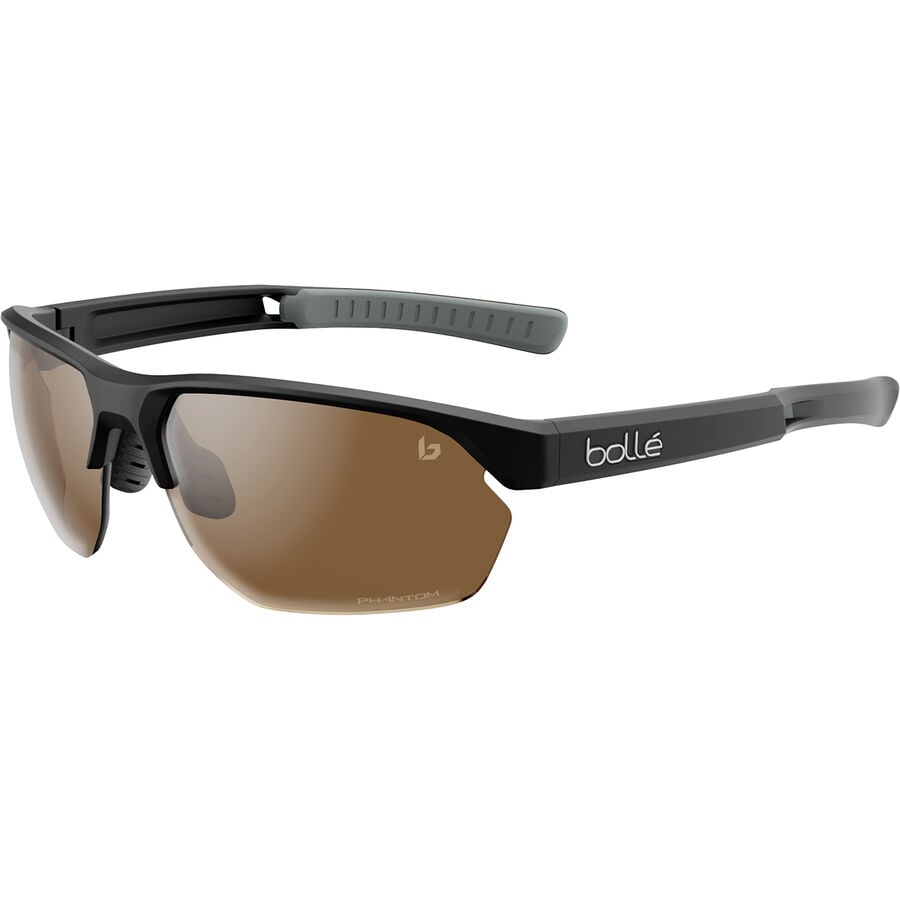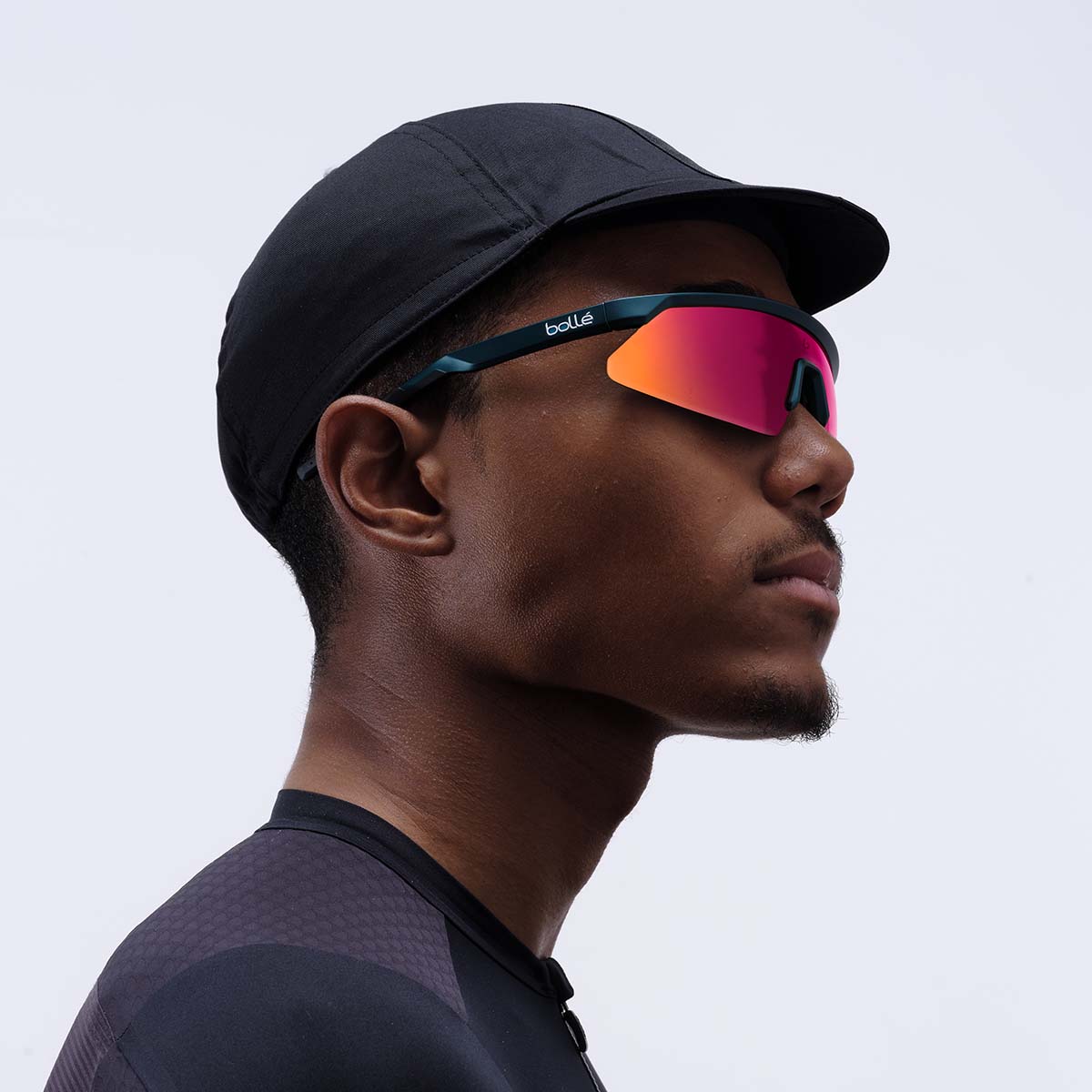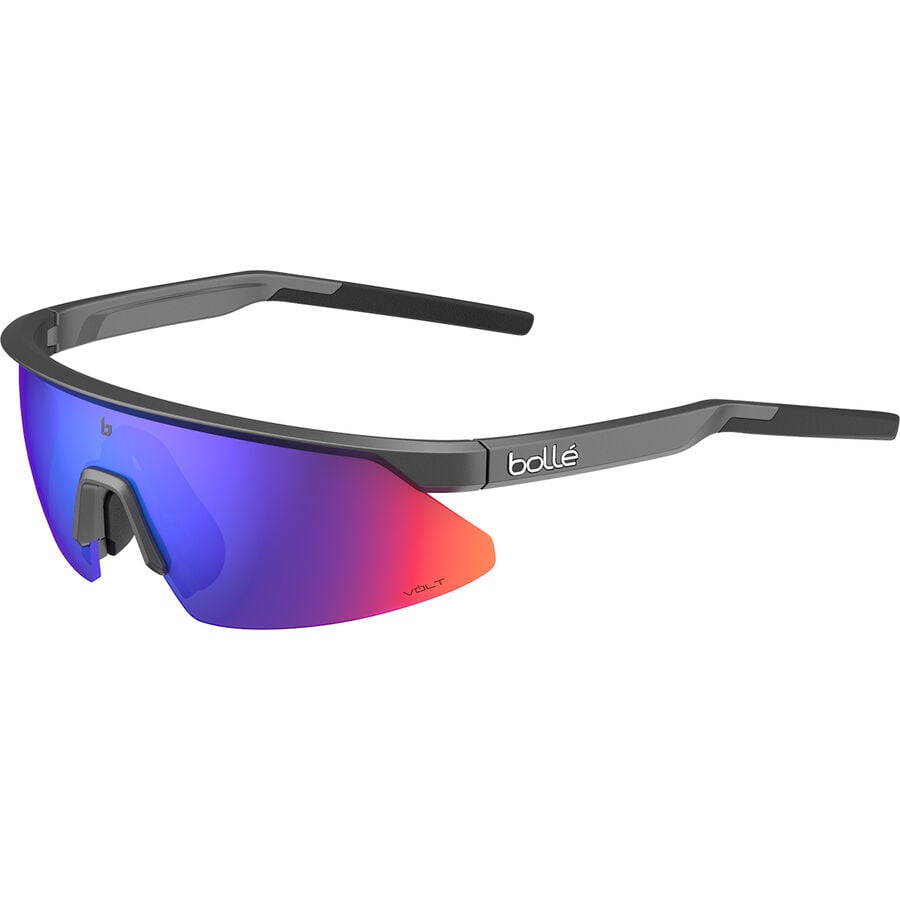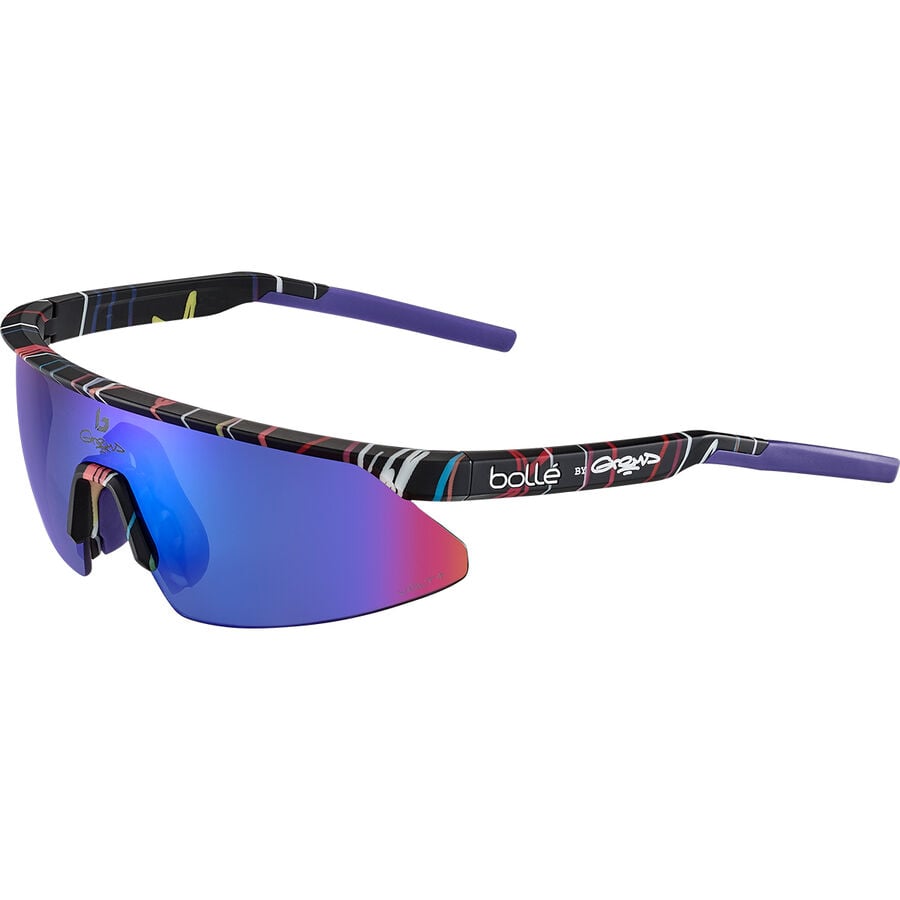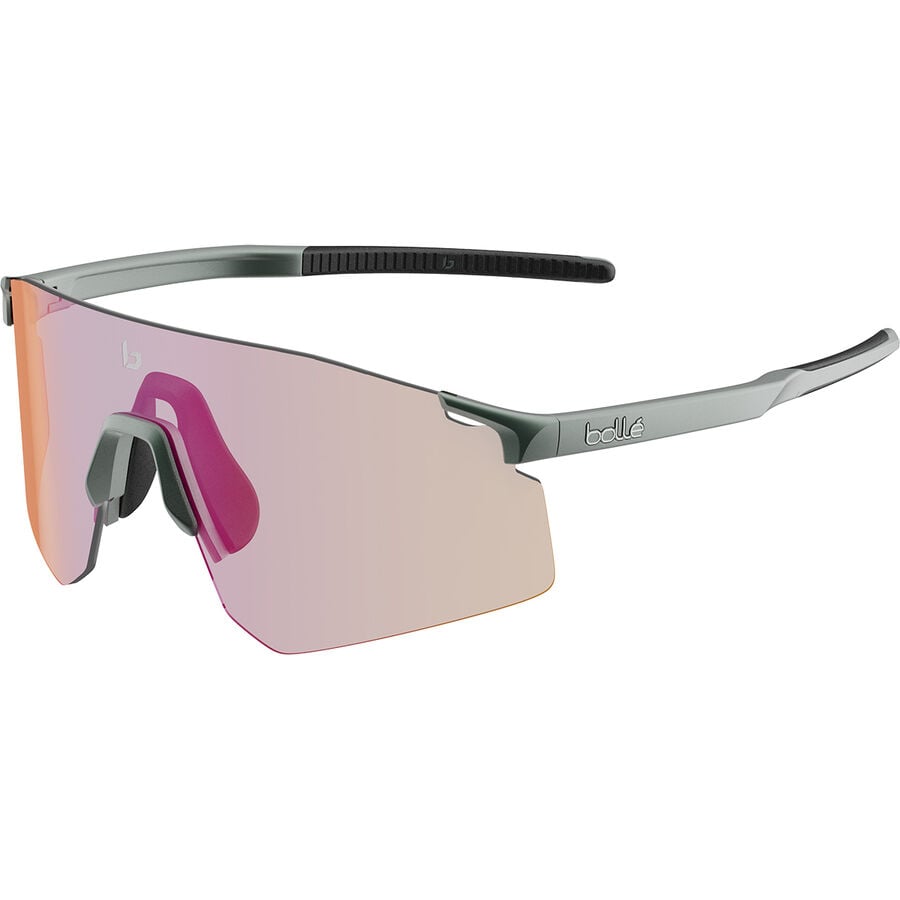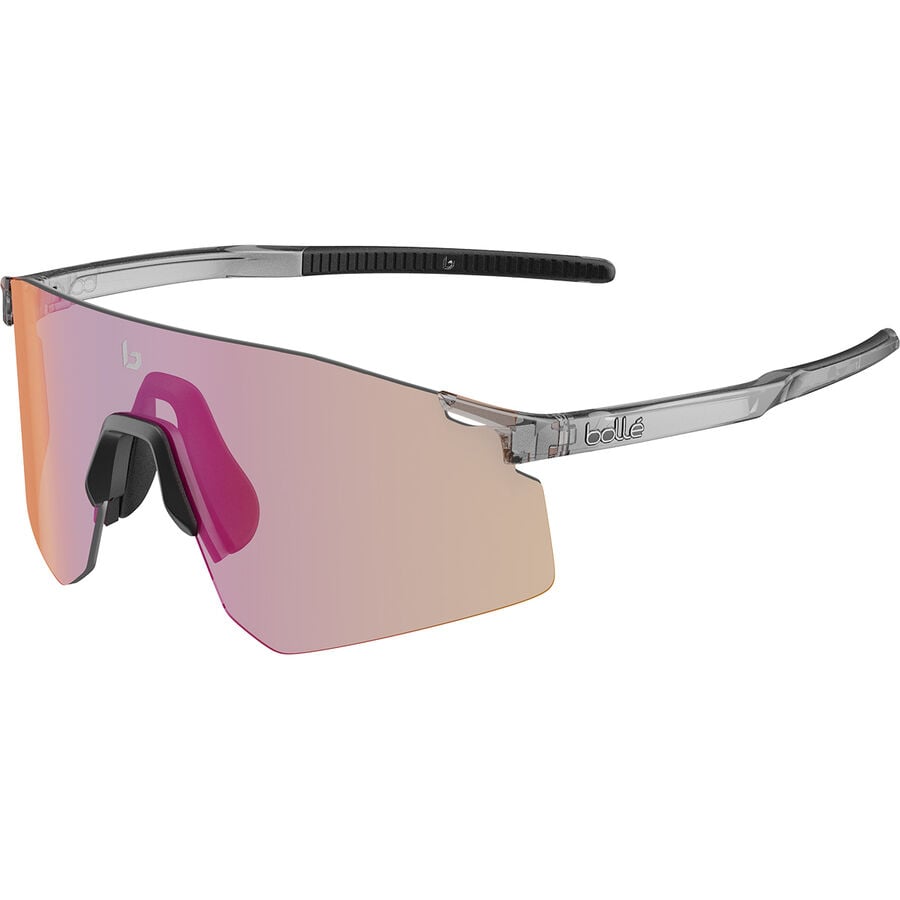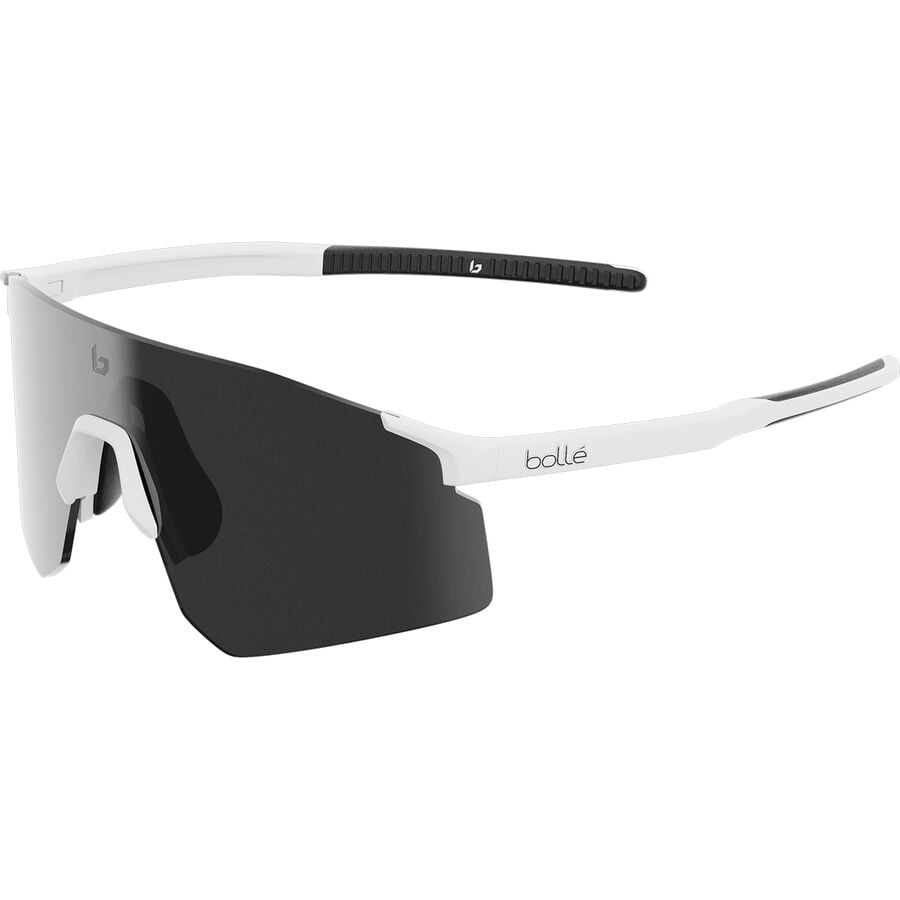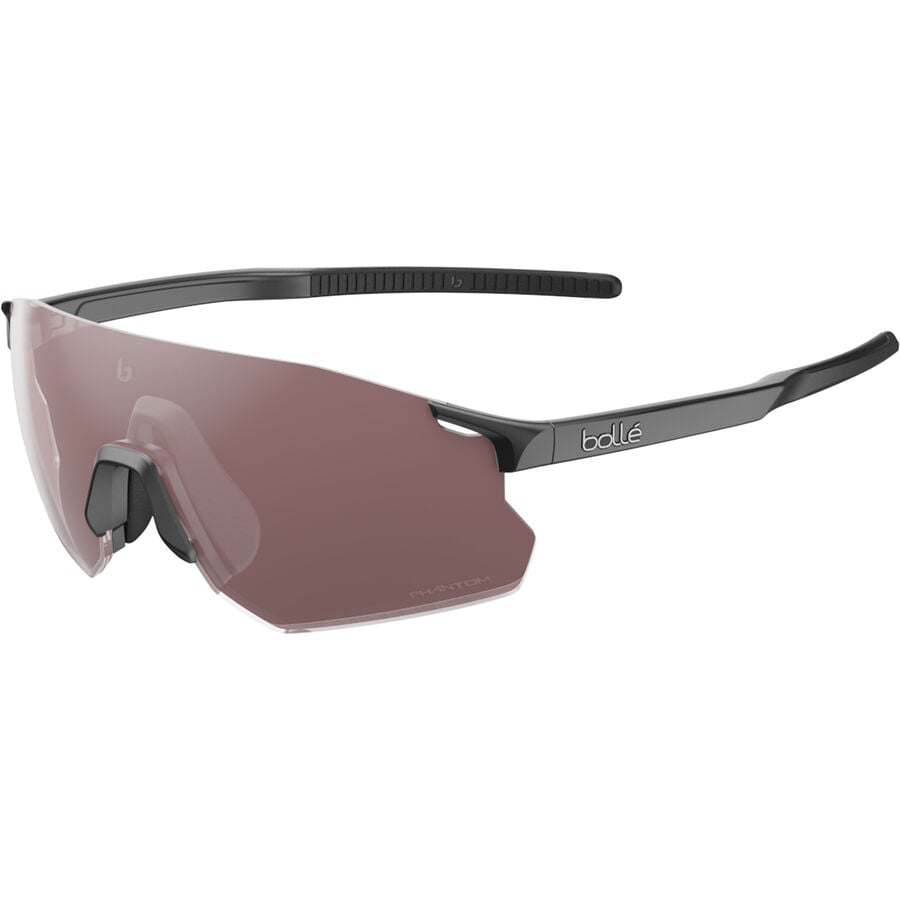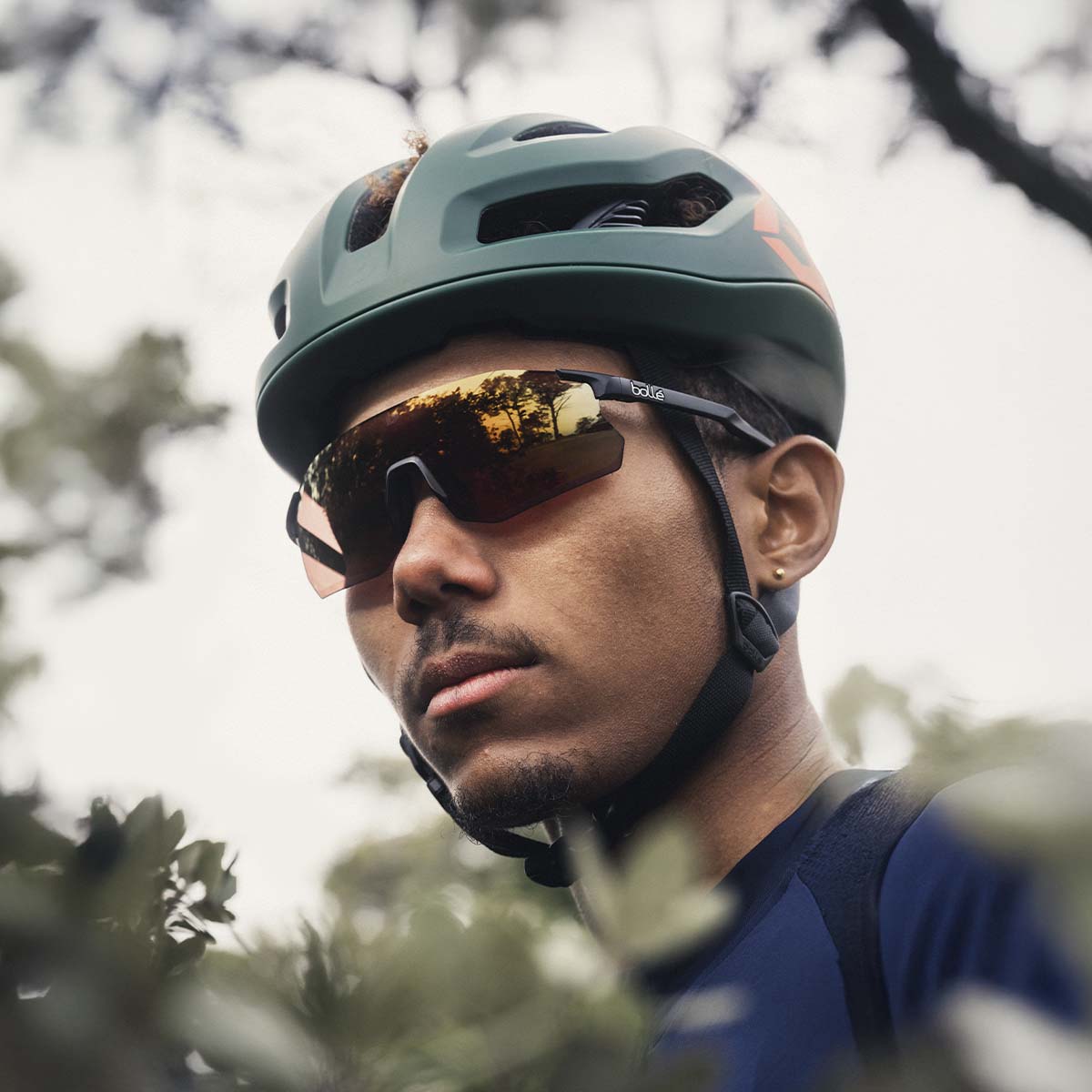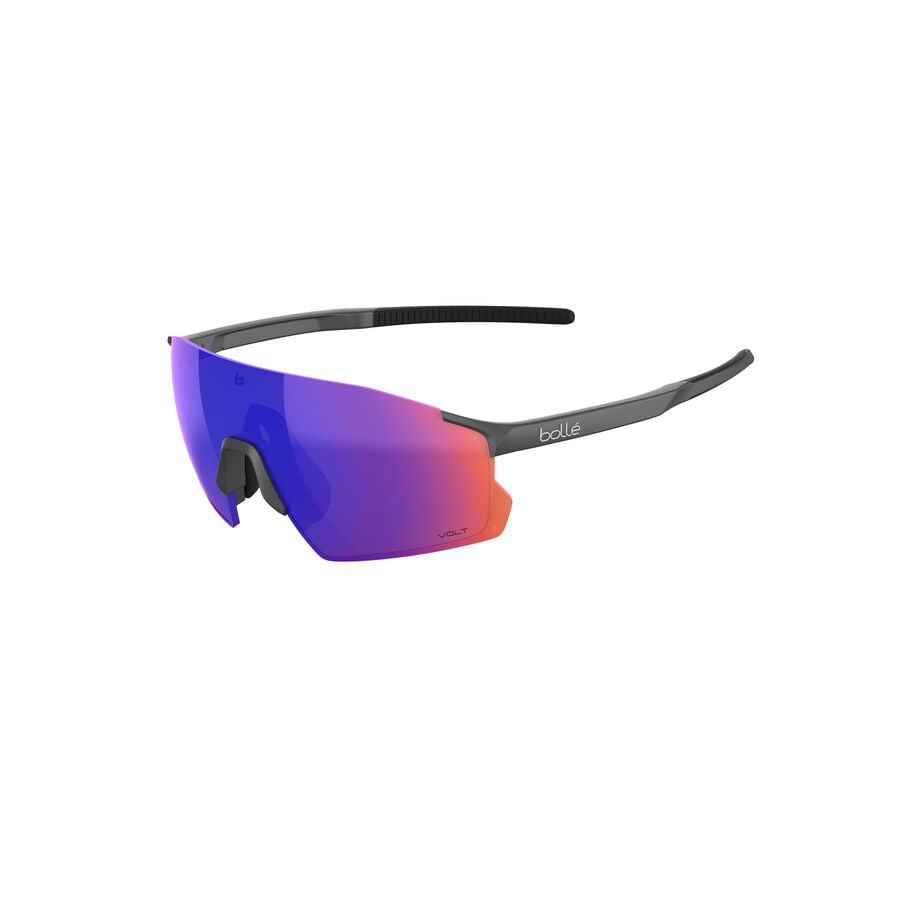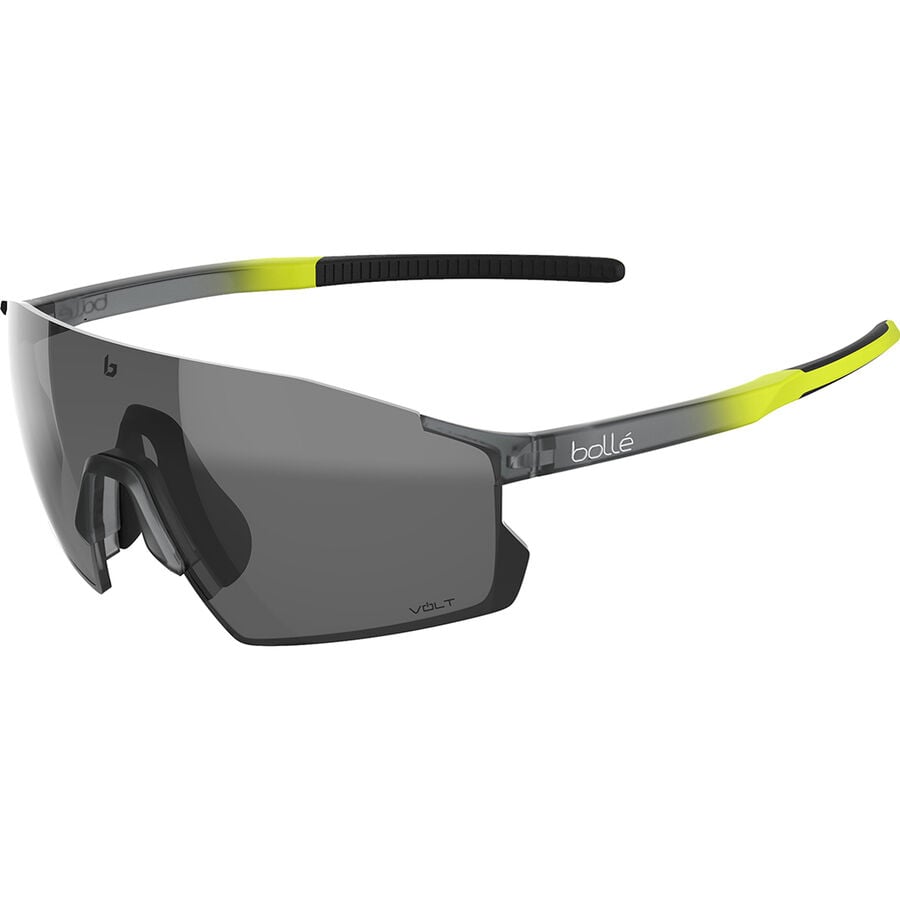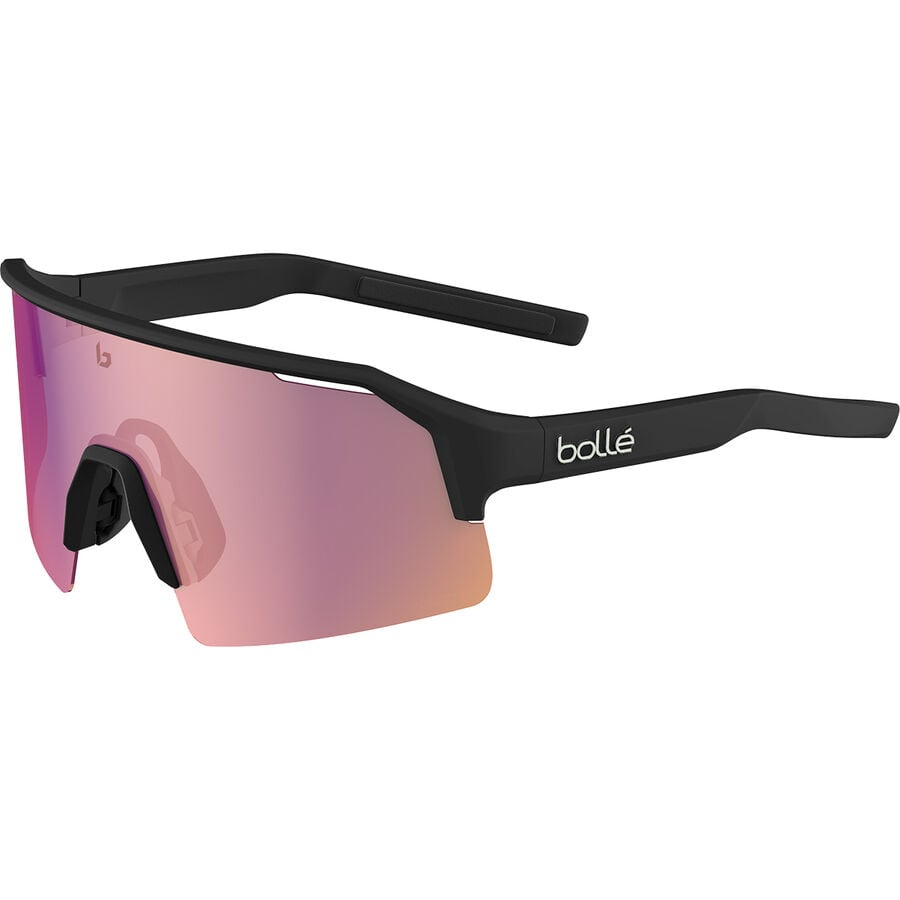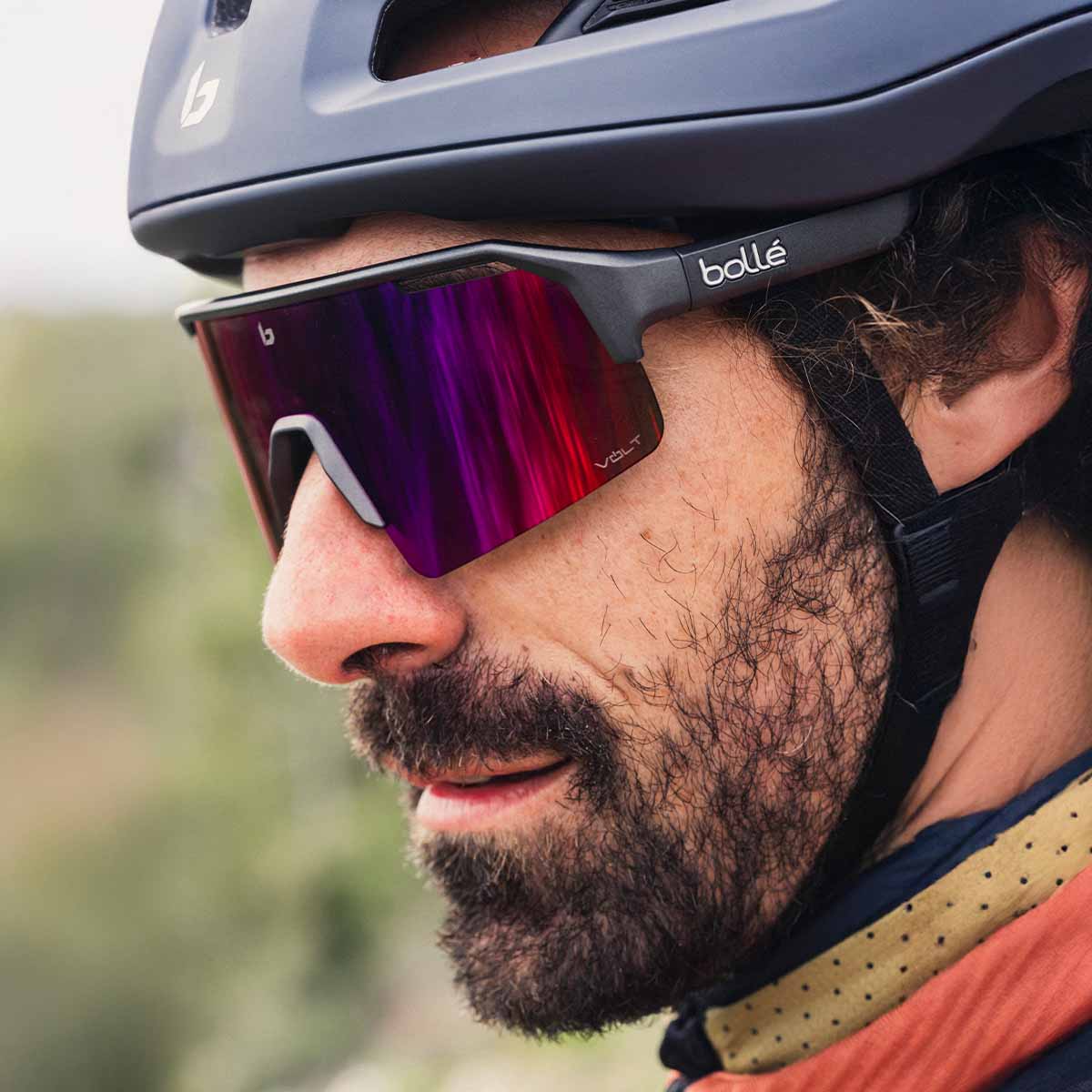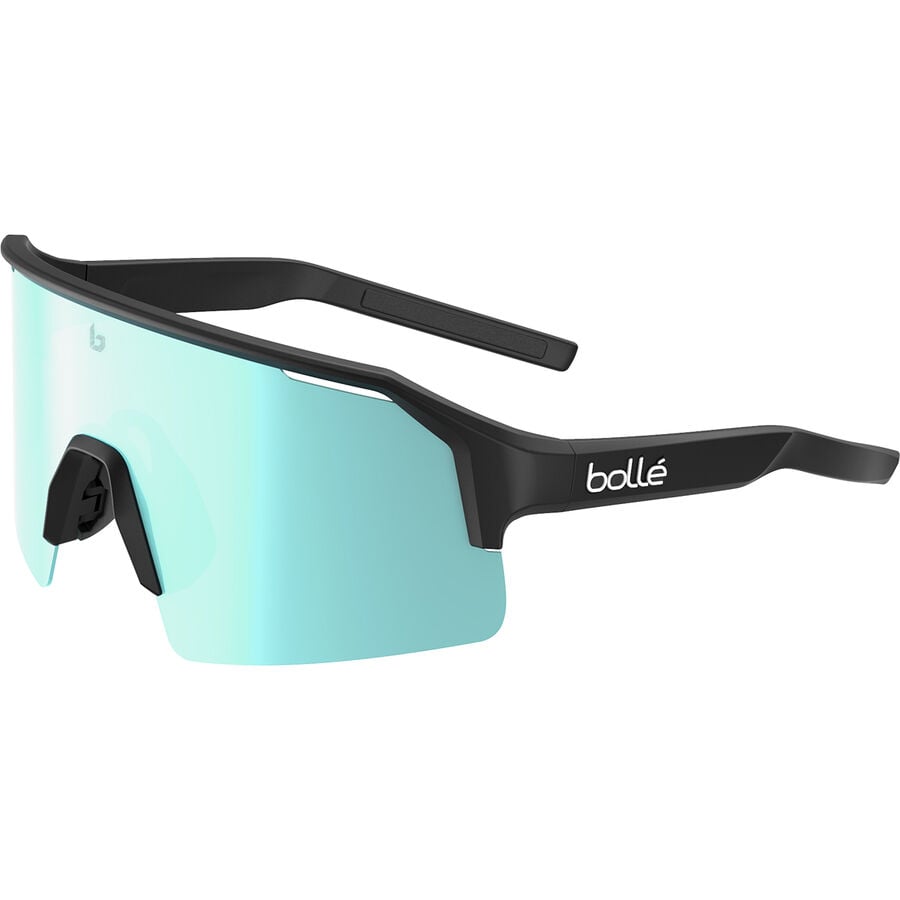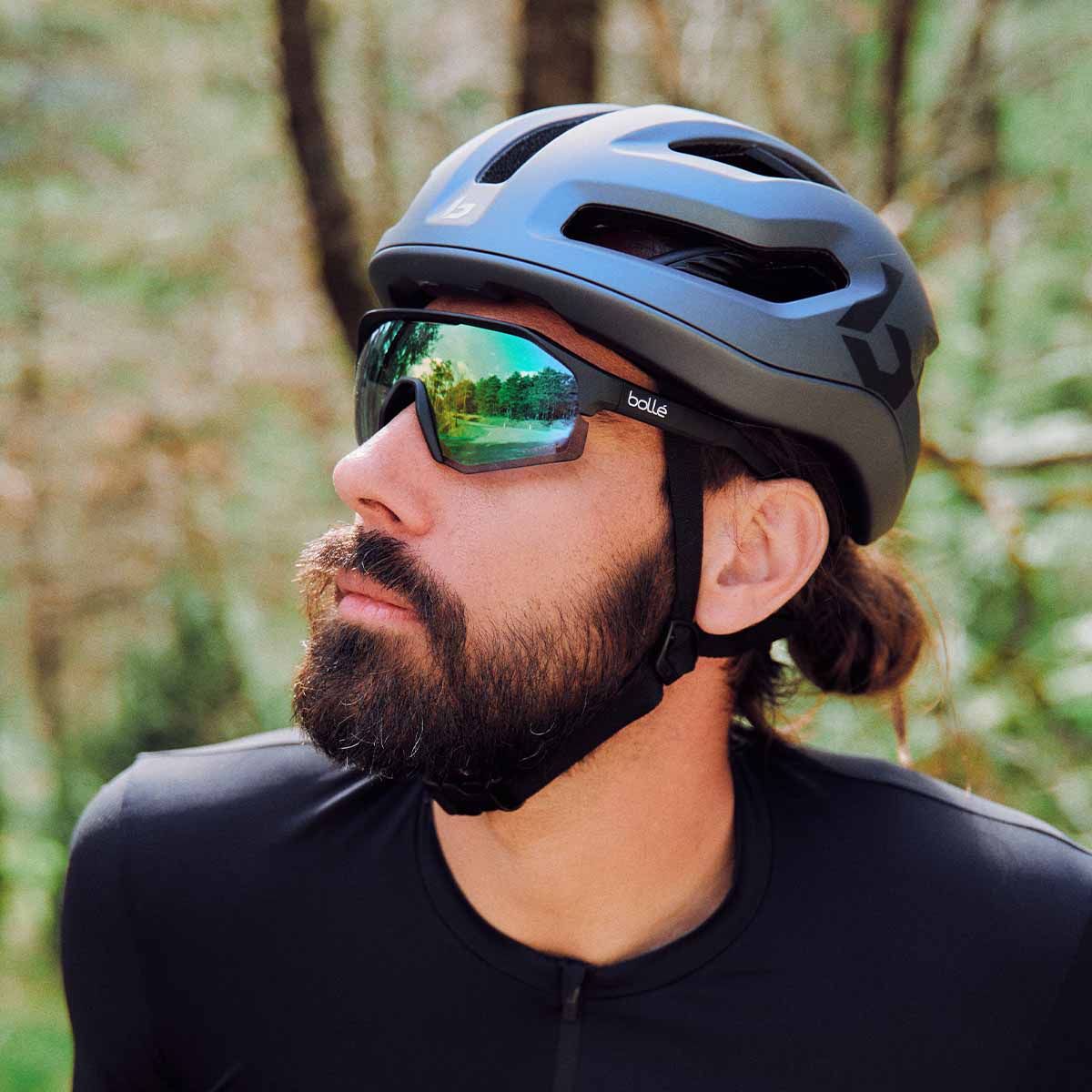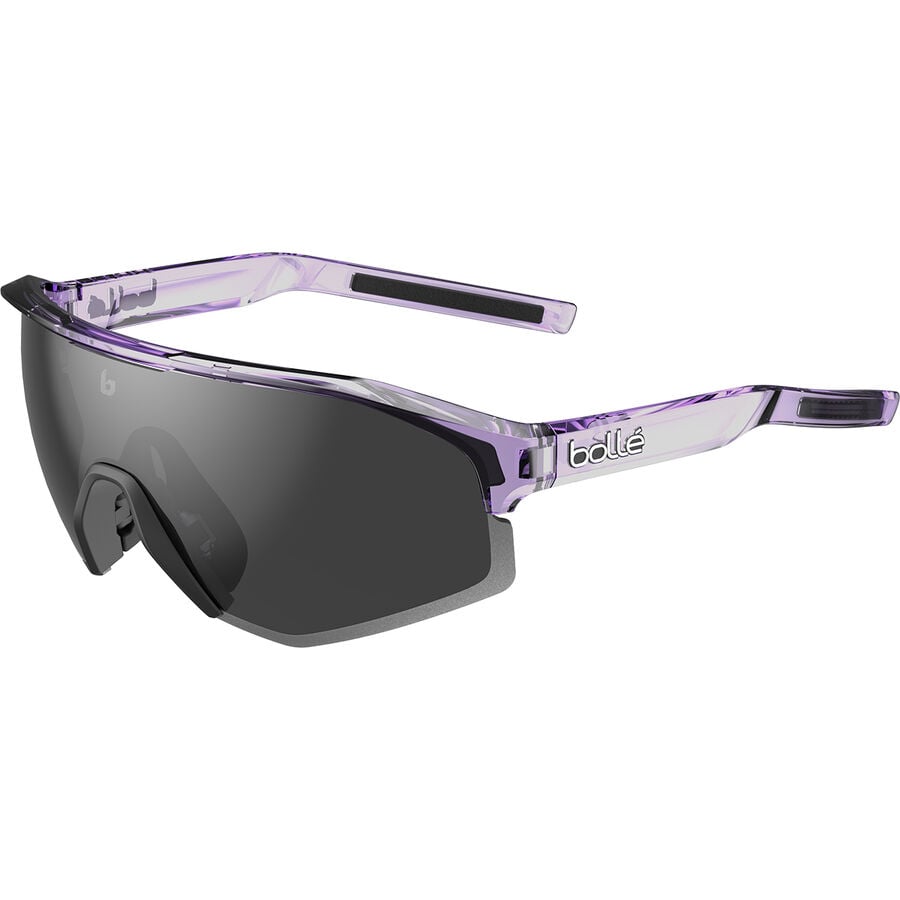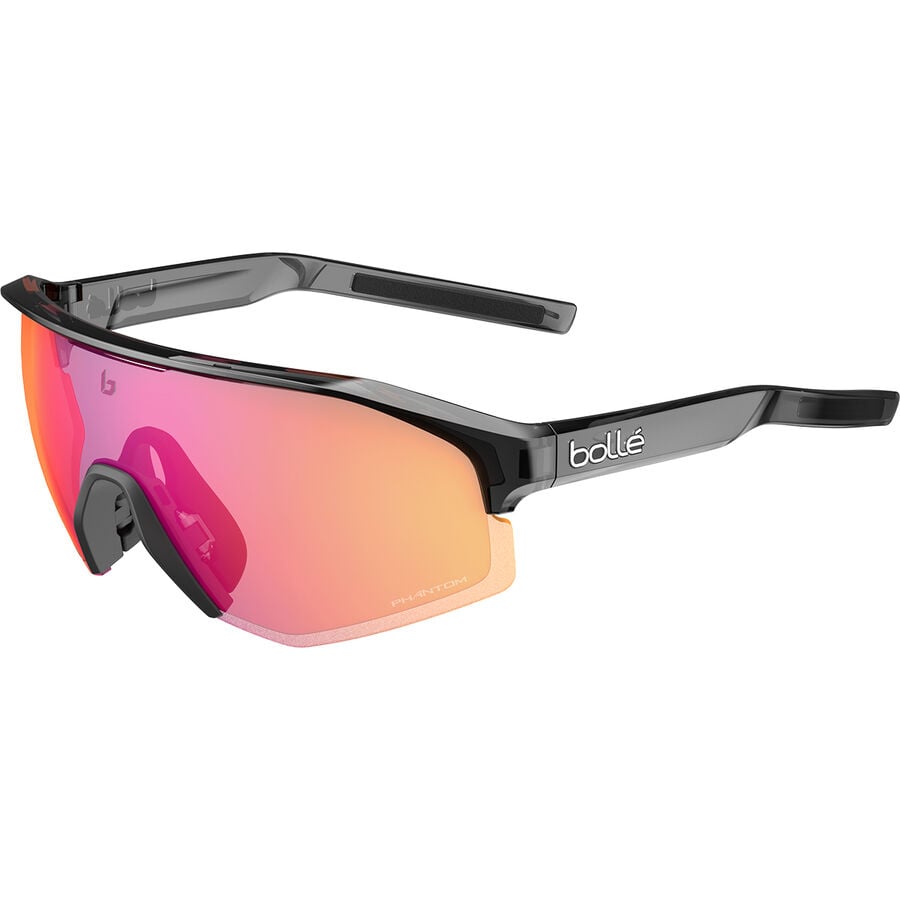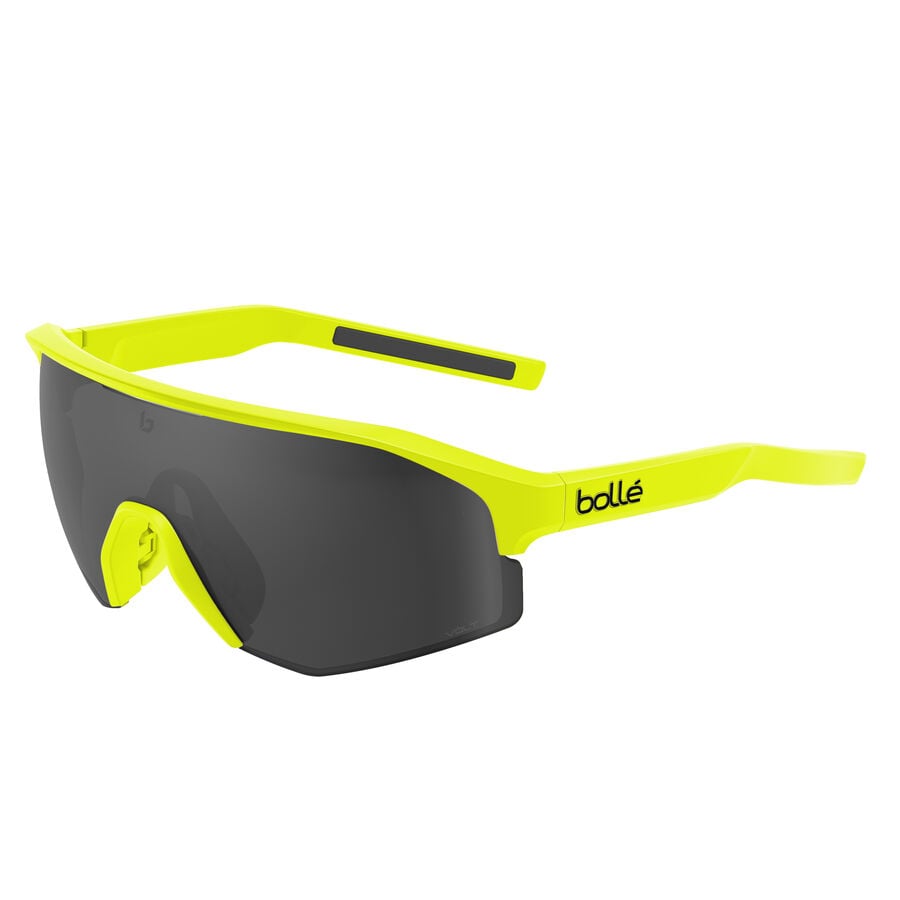HOW TO CHOOSE YOUR TRAIL RUNNING SUNGLASSES?
April 10, 2025 / 8-minute read
Wind, sun, insects... During your running or trail outings, your visual comfort can quickly be disturbed. Trail running sunglasses are an essential accessory for protecting your eyes. Speed glasses, photochromic trail glasses... Which model to choose? Let us help you see more clearly.
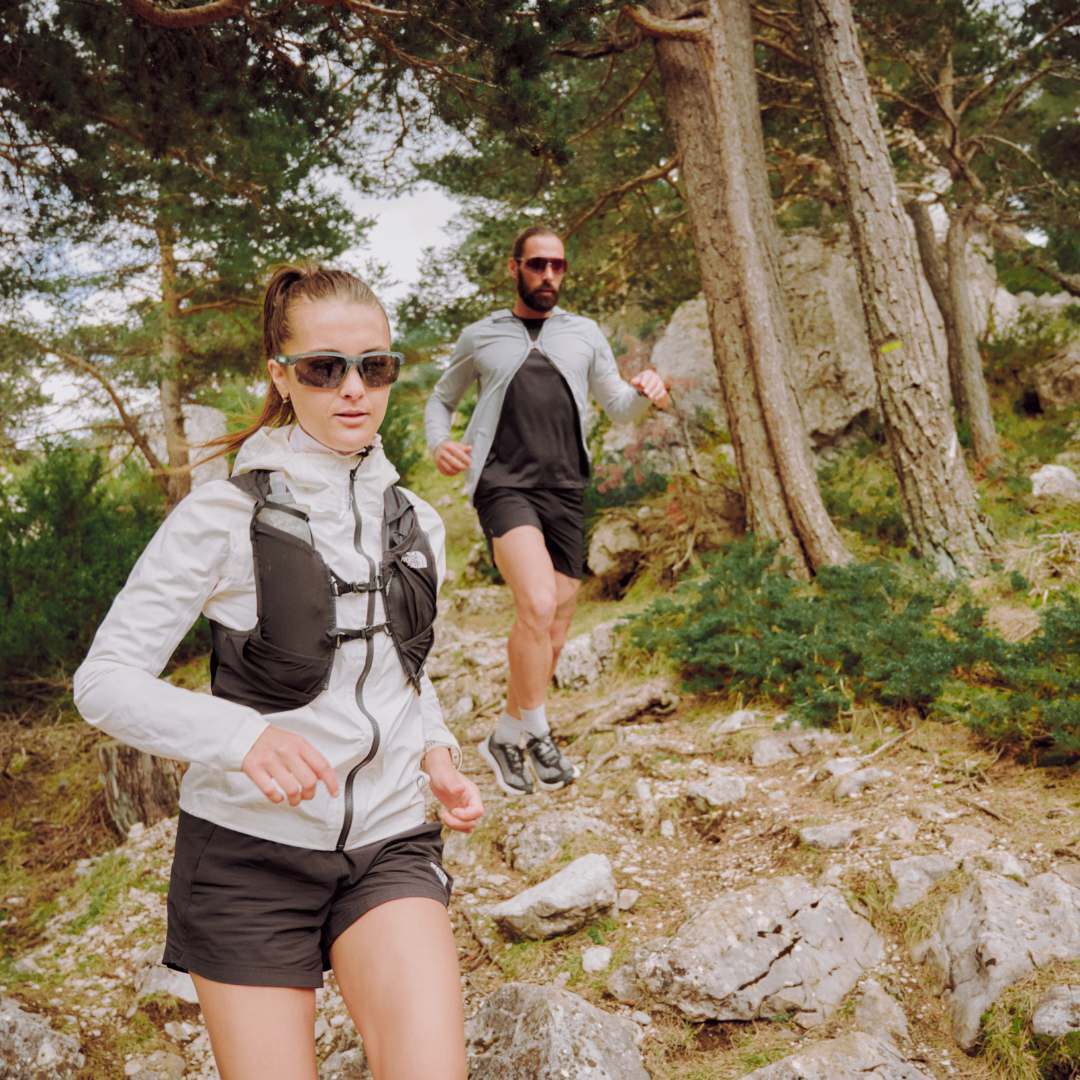
WHY WEAR SUNGLASSES FOR RUNNING?
Trail running sunglasses are far from just a fashion accessory; they are an essential ally for your training comfort. Among the main advantages of this equipment, we can mention:
- Effective sun protection thanks to lenses that filter ultraviolet rays;
- Visual comfort to combat eye fatigue;
- Excellent frame stability, thanks to glasses specifically designed for running or trail;
- Better management of light variations, to prevent glare;
- Protection against elements such as dust, insects, wind;
- Improved visibility of terrain details, for increased performance and safety;
- Protection against cold that can dry out the eyes.
> À lire aussi : Which sunglasses for which sport ?
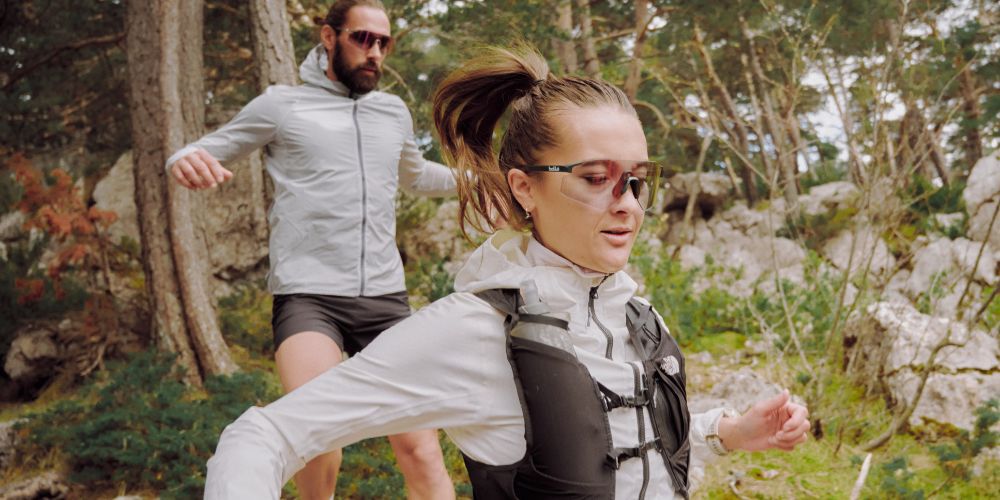
6 CRITERIA TO CONSIDER WHEN CHOOSING YOUR TRAIL RUNNING SUNGLASSES
Since they are a true comfort and protection accessory, your trail running sunglasses should be chosen with care. Let’s focus on six key criteria to help you pick the best model.
+ LENS CATEGORY
One of the main goals of your trail sunglasses is, of course, sun protection, which is why choosing the right lens category is so important. Lenses are divided into 5 categories – from 0 to 3 – depending on how much UV radiation they can filter. Unless you only run at night, avoid category “0” lenses, as they are too light and don’t offer UV protection. For running in low light or at dusk, category 1 lenses may be sufficient. On the other hand, if you frequently run in the mountains or near water, go for category 3 lenses. This is the most versatile option as it suits all levels of sunlight.
+ LENS TREATMENT
For regular trail runners, photochromic lenses are a great option. These lenses are specially treated to automatically adjust their tint according to the ambient light. This allows you to bring just one pair of sunglasses for all your training sessions – even long ones – regardless of the weather (cloudy, sunny, etc.) or environment (high mountains or forests, for example).
+ FRAME STABILITY
Another crucial factor: how well the sunglasses stay in place on your head. Between movement and sweat, running and trail running require a stable, ergonomic pair that won’t slip down your nose. Look for models with grippy nose pads and temple tips.
+ VENTILATION
Proper ventilation is essential to prevent fogged-up lenses during your runs. Open-frame designs, lens perforations, or dedicated ventilation systems are all good indicators of effective airflow and anti-fog treatment.
+ LIGHTWEIGHT DESIGN
Choose lightweight frames to maximize comfort during exercise. Ideally, a good pair of trail sunglasses should be so light you forget you're even wearing them, and they shouldn't bounce with every step.
+ LENS SHAPE
Your running sunglasses shouldn’t limit your field of vision. To optimize visual acuity, go for curved and wraparound lenses. These shapes offer a wide field of view, including peripheral vision, and also help protect you from wind.
> You can also read: Comfort, protection, and optical clarity with Bollé prescription sunglasses
BOLLÉ PRESCRIPTION SUNGLASSES DESIGNED FOR YOU
If you wear corrective lenses, we recommend getting prescription sunglasses from Bollé to maximize your comfort and performance during runs. For trail running, we recommend two product lines, both featuring Phantom+ lenses – the best photochromic lens on the market, offering outstanding optical clarity:
- The Victus range, with the Victus and Victus S models for smaller faces, and the Victus Pro, equipped with ergonomic temples;
- The Icarus range – Icarus and C-Icarus – praised for their lightweight feel, excellent grip, and sleek style.
